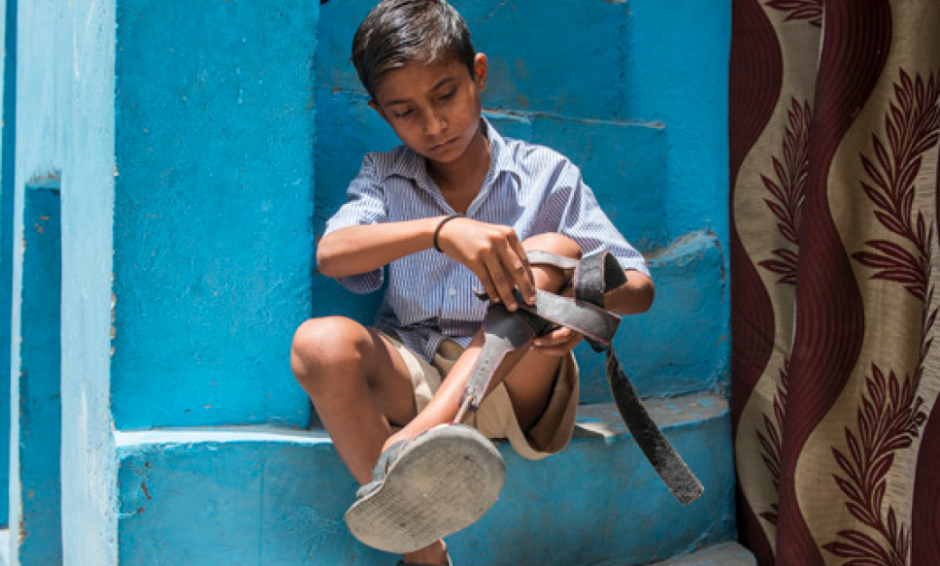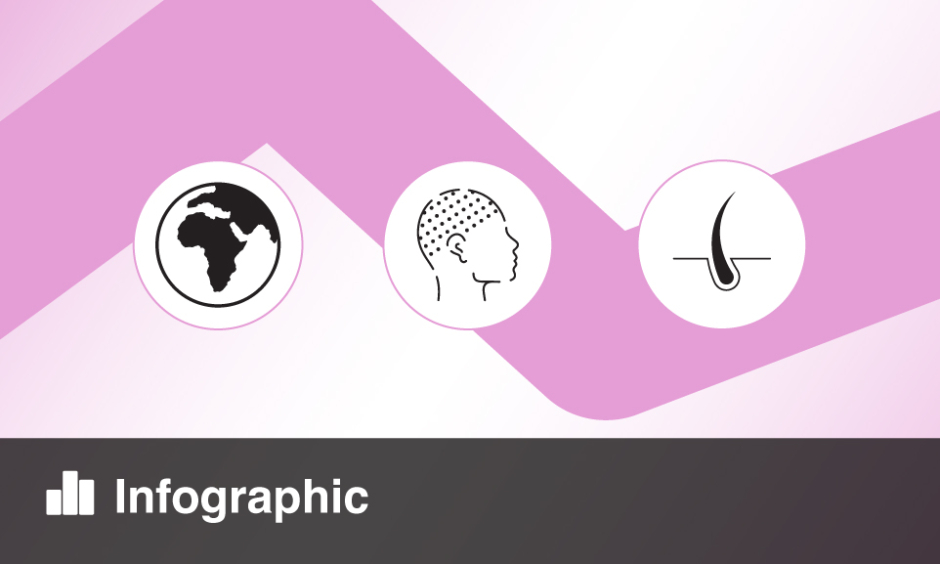Written by Fiona Graham | Communications Officer, Lepra | @Lepra_HinA
And Ashwin Venkatesh | Researcher, Polygeia | @Polygeia
![]()
This year, World Leprosy Day falls on Sunday 28th January. The occasion has been observed since 1954 and aims to raise awareness, providing more people with the knowledge to recognise the symptoms, the cure, and to reduce the stigma surrounding the condition. Every 30 minutes, a child is diagnosed with leprosy, and so to raise awareness of the prevalence in children, this year’s theme is preventing disability in children.
Leprosy, its Prevalence, and the Cure Available
Last year, the World Health Organization (WHO) reported that nearly 215,000 new leprosy cases were detected. Of these, 18,230 were children <15 years of age, with symptoms typically manifesting between the ages of 10 and 14 years. Though more common in adults, the detection of childhood cases is a robust, epidemiological indicator of an active source of infection in a particular community, typically through transmission in the household environment.
Leprosy not only causes life-changing physical disability in the affected child, but it can impact them with a potentially lifelong psychosocial burden too, due to the stigma of this disease. There is, therefore, a great need to address disability in children with leprosy by reducing transmission, disease burden, and discrimination. Multidrug therapy is the cure for leprosy, and, if treatment regimens are instituted early and adhered to properly, can prevent disability. However, leprosy is regularly diagnosed too late, often when disability has already occurred.
What Disabilities Can Result from Leprosy?
Disabilities associated with leprosy are usually secondary to nerve damage resulting from the chronic inflammation caused by the culprit of the disease: Mycobacterium leprae infection. The physical impairments that result from the infection most typically include reduced movement in the hands and feet, and visible skin lesions, which precipitate disabilities that restrict activity. Some countries report that around 11% of children diagnosed already have Grade 2 visual impairments at the time of diagnosis.
In addition, children with leprosy-related disabilities are likely to suffer from social stigma and discrimination that contributes to disability. Stigma may be conceptualised in terms of self-stigma (e.g., shame and lowered self-esteem of the individual) or public stigma (e.g., the general public’s prejudice) such as within schools, but even extends to private spheres such as the household. The social stigma associated with leprosy can lead to isolation, anxiety, and depression; this can ultimately deprive these children of access to basic pursuits such as education, sport, and other social activities, thereby limiting the full potential of the child.
Why is Leprosy Still Prevalent if There is a Cure?
One of the largest barriers to people accessing treatment for leprosy is the lack of healthcare knowledge. People often do not recognise their symptoms and do not know when to seek treatment. In many cases, medical professionals also fail to recognise the symptoms of leprosy, with the disease often being mistaken for other skin conditions, and patients are therefore provided with the wrong treatment.
In a recent survey conducted in Bangladesh by UK-based international charity, Lepra, Colchester, UK, only half of the people asked knew what leprosy was, and in India, a country that holds over two-thirds of the world’s leprosy burden, only 31% of people knew there was a cure (Lepra. 2016. Data on File). These statistics show the real need to improve awareness amongst communities and healthcare professionals.
Why Raising Awareness Helps to Prevent Disability
More people being aware of leprosy, the symptoms and the medication available, means that more people will be able to seek treatment sooner if they, or somebody they know, becomes affected, preventing the development of disease-induced disability. Lepra is working to beat leprosy by raising awareness to reduce the numbers of late diagnoses, and last year they reached 1.3 million people through health education and other events to raise awareness of leprosy and other neglected diseases.
Why Early Detection Helps to Reduce Disability
Early diagnosis of leprosy is essential to prevent the onset of disease-induced disability, the repercussions of which are most severe in children <15 years of age. If treated in the early stages, children will be able to live a normal life, free from disability. Even after completion of treatment, patients can sustain disability from nerve damage, requiring continued care to limit further secondary damage. For example, skin numbness can predispose the patient to injury and subsequent infection.
In cases of early detection physiotherapy and assistive devices may help improve sensation, flexibility, and strength. This could lead to the child regaining lost abilities such as writing, which in turn may enable them to reintegrate into school and other social activities.
Murbarak’s Story
Murbarak, from India, is 12 years old and lived with undiagnosed leprosy for 2 years. He was misdiagnosed with polio and given the wrong medical treatment, resulting in the leprosy remaining untreated and his condition worsening over time. Because of the delayed treatment, he lost the sensation in his left foot, and now faces difficulties with walking. Lepra is giving Murbarak the support he needs by providing him with multidrug therapy (the free cure for leprosy) and physiotherapy to strengthen his foot. However, he may require reconstructive surgery if his condition remains as it is, or worsens. In time, Murbarak’s condition should improve; nevertheless, if medical staff had provided with him with a correct diagnosis and treatment regime sooner, the disabilities he now has could have been avoided.
Next Steps
To have a greater impact in finding more cases of people affected by leprosy, there needs to be greater collaboration in finding, diagnosing, treating, and raising awareness to ensure that children and adults are provided with treatment early to prevent disability.
The aim of these efforts is to reach a day when leprosy no longer exists by working towards building a quick and complication-free method of diagnosis, successful treatment, and no attached stigma to the disease.









